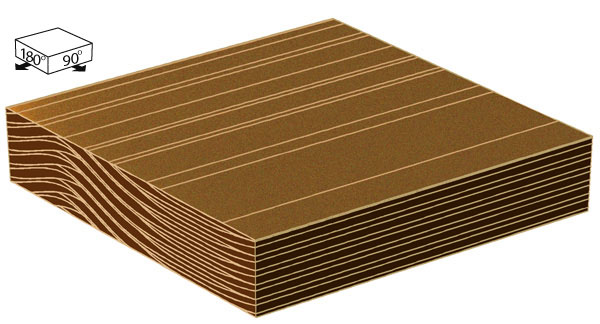Pacific Coastal and Marine Science Center
Bedform Sedimentology Site: “Bedforms and Cross-Bedding in Animation”


FIG. 19. Structure produced by symmetrical bedforms that migrate back and forth a fraction of the distance of the bedform spacing but have no net displacement.
RECOGNITION: This structure is similar to those produced by bedforms that reverse asymmetry (FIG. 18). The two structures can be distinguished, however, because reversals in asymmetry cause cross-beds to offlap and onlap the erosion surfaces and cause zig-zag structures within the troughs. In contrast, the reversals in migration direction shown here produce erosion surfaces with relatively concordant overlying beds. The two kinds of structures may be distinguishable in good outcrops, but the cross-bed-dip patterns of the two structures are virtually indistinguishable. Bose et al. (1999) documented zig-zag structures that they inferred were deposited by eolian dunes resembling these, but with the additional complexity of superimposed ripples that they modeled by including aspects of Fig. 74.
ORIGIN: Deposition of this structure requires a flow that maintains a constant probably symmetrical bedform shape, while simultaneously causing the bedforms to reverse their direction of migration. These conditions are most likely to be met in oscillatory flows in which the amount of sediment transported during individual flow cycles is small relative to the amount contained in the bedforms. At the same time, the conditions for vertical climb (FIG. 3) must be satisfied. A fluvial example is shown in Figure 20.